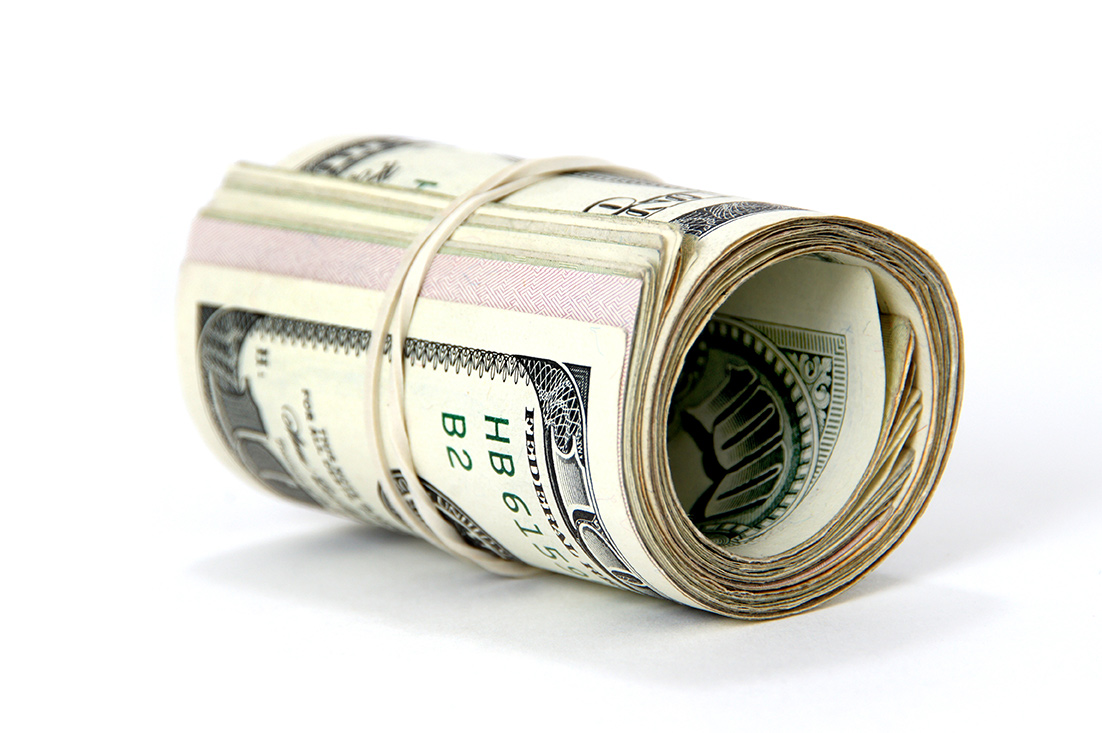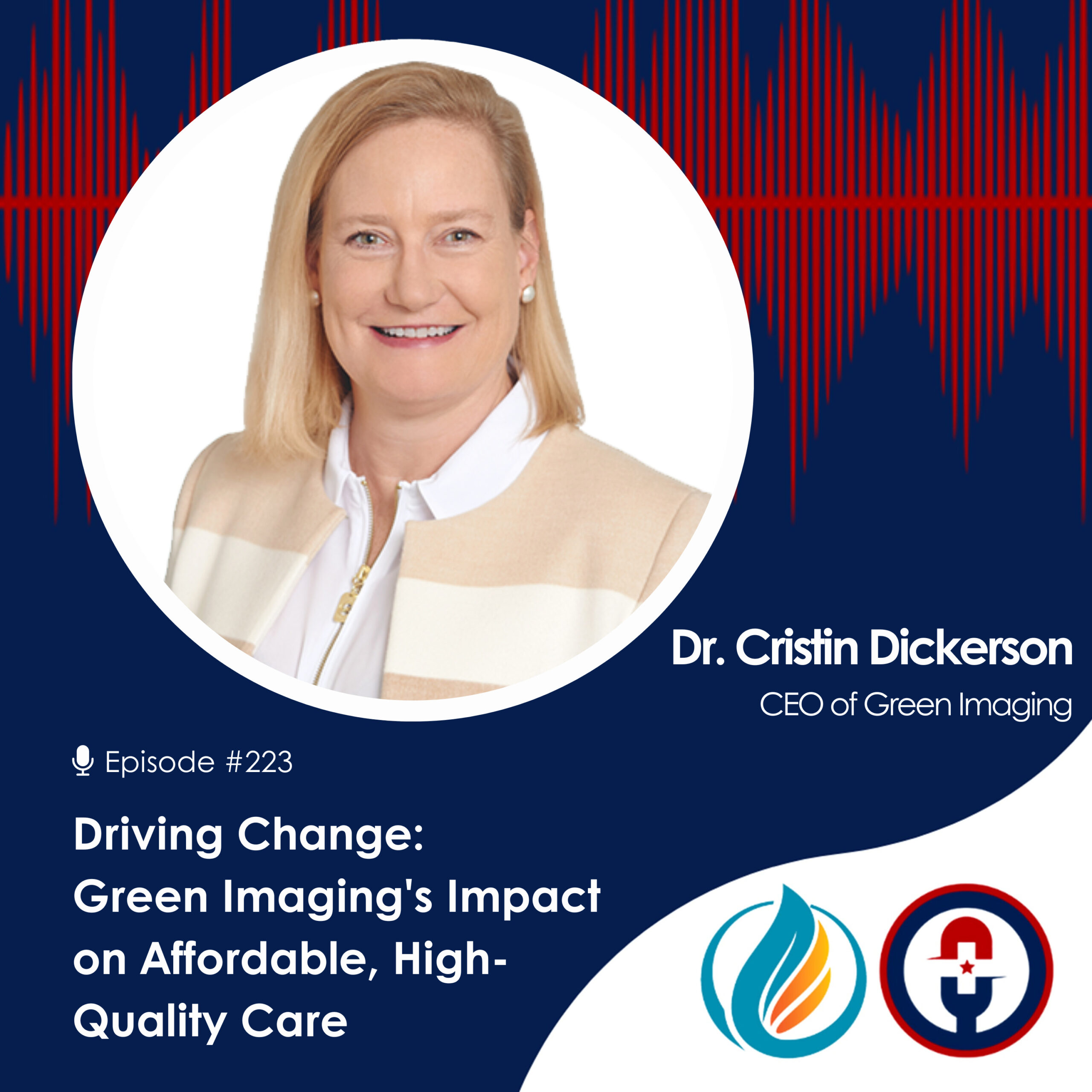Is The Cash Price The Best Price?

A High-Deductible, Limited Coverage Reality
Since the Affordable Care Act (ACA) came into effect in 2010, the percentage of Americans opting for so-called high deductible plans or having them thrust upon them has skyrocketed. While the ACA certainly accelerated this trend towards higher deductible plans, the market has trended in that direction for some time. Between 2011 and 2017, the percent of Americans with high deductible plans has grown from about a quarter of the adult population to nearly 40 percent. The average deductible for an employer-sponsored plan is about $1500 and an ACA plan $4000.
The reason for this seismic shift is quite simple: premiums keep rising. The rapid growth of high deductible plans is indicative of the rapidly shrinking window of affordability when it comes to purchasing a comprehensive healthcare plan from an insurer. Fewer and fewer Americans can afford good coverage and, therefore, more and more are resorting to plans with lower premiums but higher deductibles.
The theory is that by buying into a high deductible plan, patients can reduce their premiums and only resort to using their health insurance plan when a major medical procedure or treatment is needed. Unfortunately, crossing your fingers and hoping for the best isn’t the best strategy when it comes to medical care. In fact, evidence shows that high deductible plans disincentivize patients from seeking needed care which can lead to more expensive emergencies later on and possibly even death.
In the face of shrinking coverage and rising premiums, what can patients do?
They can pay providers directly based on a cash price, and skip insurers altogether.
"For patients, cash pay could be a great way to save money on medical care or a procedure that doesn’t meet their deductible."
--- DR. CRISTIN DICKERSON, MD
Sometimes the Cash Price is the Best Price
Imagine negotiating with a hospital for the price of your procedure. They would laugh you out of the building with the bill in hand unchanged. That’s why people turned to insurance companies in the first place. The entire premise of purchasing insurance is to buy into a more significant risk pool by paying premiums and fees to an insurer who has much greater negotiating leverage over healthcare providers than you or your family could do alone.
Unfortunately, while the idea of big health insurance companies negotiating lower prices with the hospitals sounds excellent on paper, the reality is that negotiated prices may be more expensive, sometimes much more expensive, than if patients simply had no insurance to begin with. This is especially relevant for patients with high deductible plans for whom their health insurance doesn’t even kick in until the patients themselves have cleared certain financial obligations.
Why are negotiated rates sometimes even more expensive than the actual cash price?
There are a variety of reasons; however, the primary reason is that insurance companies don’t care to negotiate. Insurance companies merely sell access to healthcare, not actual medical goods and services. As a result, price increases on the supply side are only passed on to consumers. Alternatively, if negotiated savings are realized, the extra money is used to line the insurance company’s and its stockholders' pockets, Over the five year period of 2012 to 2017 the S&P 500 increased by 81.58%, but health insurance company stocks did this:
- Aetna: +234.31%
- Anthem: +159.44%
- Cigna: +258.34%
- Humana: +197.42%
- United Healthcare: +210.55%
If a bad deal is reached between insurer and provider, the costs are passed on to patients. If a good agreement is reached between insurer and provider, the savings are simply pocketed. In both cases, the insurance company is incentivized to push premiums higher and higher to obtain more profits (i.e., value) for their shareholders. In both cases, patients and employers lose badly.
This situation is, without a doubt, a bad deal for consumers. However, it does explain why sometimes asking providers for the cash price, can save patients money.
How to Ask For the Cash Price
Price transparency for healthcare consumers within the healthcare industry is extremely limited. The lack of price transparency not only hampers consumers’ ability to gauge the actual market rates for goods and services, but it also creates an environment of limited healthcare access in which health insurers act as the gatekeepers between patients and healthcare providers such as physicians, hospitals, and clinics.
In fact, many Americans are not even aware of the concept of direct paying for healthcare. Many patients don’t know how to ask for the cash price or what to ask about. However, with premiums continually marching higher, many consumers are beginning to explore strategies for saving money.
Many doctors also do not know the actual cost of the care they provide, the relative value of cash collections as compared to insurance collections (where they spend 30% of revenue to collect 70% of what they are contracted to collect), or have set or fair cash pay prices.
Because many providers are not aware that the HIPAA Omnibus Rules of 2013 give patients the right not to submit health information to their insurance carrier and thus go outside their plan, the best way to ask for the cash price is to ask the provider, clinic, or medical facility for a quote for a particular medical service or procedure. This is best accomplished by calling or emailing the provider directly and asking: “I don’t have health insurance, how much would [insert medical good or service here] cost if I paid cash?”. It’s as simple as asking.
The next step is to do your research. I've written an article about this titled, How to Shop for Healthcare which has several links to assist you. You should always search online to see what other patients have paid and what other doctors are charging for the same procedure. An excellent place to start is Healthcare Bluebook. Like shopping for anything else, patients should do their due diligence when possible to make the best financial decisions.
Cash Pay Concerns
While paying cash can be an excellent alternative for patients with high deductible plans, it does come with some caveats. Paying cash for a procedure often won’t count towards a patient’s deductible in the eyes of many insurers.
Patients will also have to navigate the absurd bureaucratic landscape of the health insurance industry to determine if paying cash makes sense. If, for example, a patient is nowhere near hitting his deductible threshold and only needs a one-off service, such as a single diagnostic test, they can often save hundreds of dollars by opting to self-pay.
There can be other hurdles as well. Insurance companies keep negotiated rates a secret, which makes accurate information difficult to come by for patients looking to compare costs. Be aware that contracted rates vary dramatically from provider to provider, facility to facility, and hospital to hospital. To fairly compare cash to contracted rates, you must shop both widely.
Cash Pay Can Be Good For Everybody
For patients, cash pay could be a great way to save money on medical care or a procedure that doesn’t meet their deductible.
For physicians and other providers, receiving payment in cash means that they don’t have to go through the hassle of navigating health insurance bureaucracy to receive payment for services rendered. Many providers offer a discount for direct pay patients since it saves them the time and the money of having a staff member deal with insurers.
This then brings us to the question: do we need traditional health insurance companies acting as middlemen between our doctors and us? We at Green Imaging think many Americans do not and are helping to roll out affordable individual and employer health plans over the next few months through our partner company Lucent MD, stay tuned!








